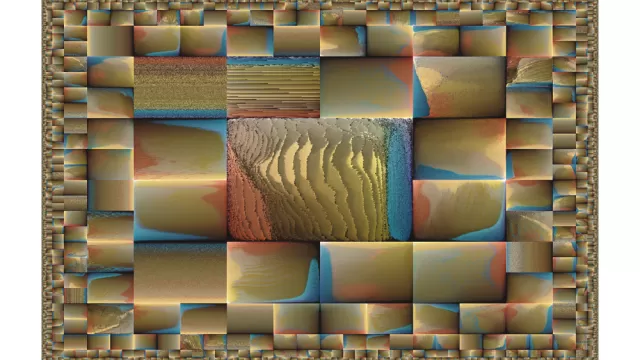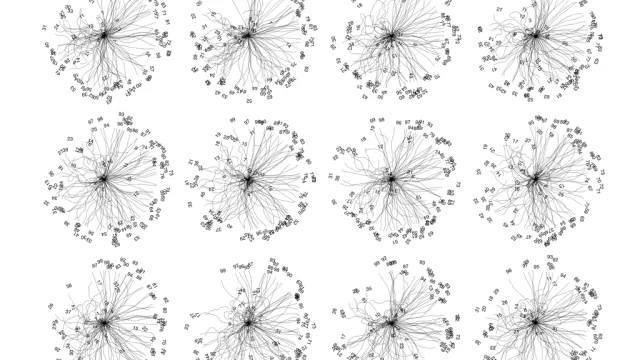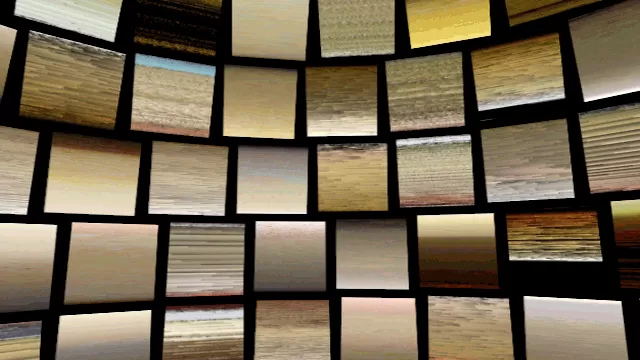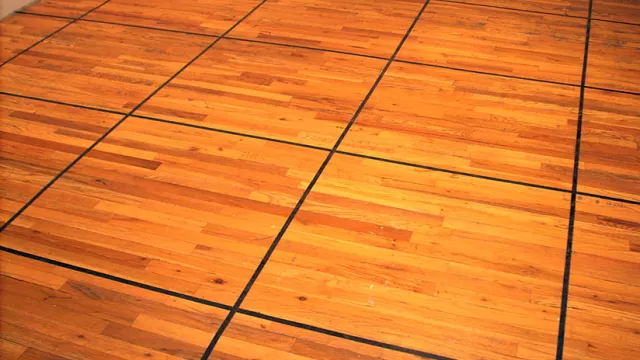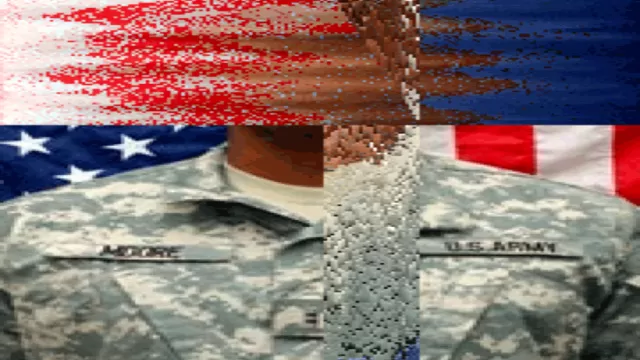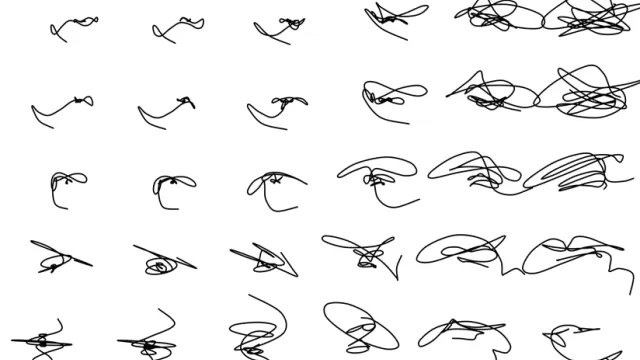This software uses flocking algorithms as the basis for the composition of soundscapes. It is a meditation on the question of what the group is, and what its proper functioning is. If we seem to constantly be wondering if we are doing what we are supposed to be doing in a group, birds by contrast, know how to flock.

